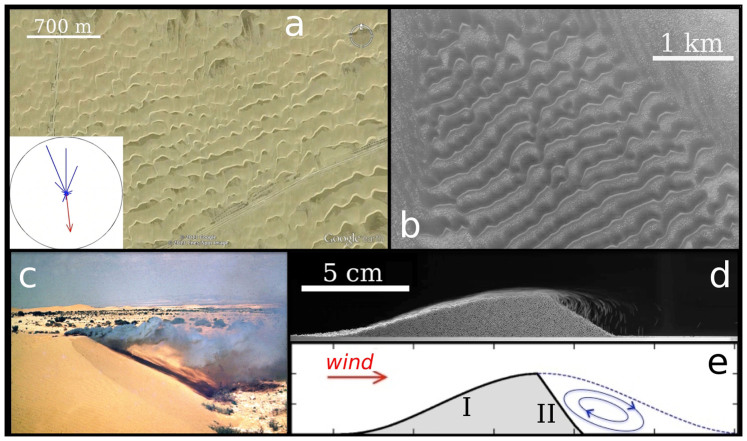Figure 1. Flow separation at the lee of a transverse dune.
(a) Transverse dunes in Bahrein, near 25°49N, 49°55E (image credit: Google Earth). North is at top. In the bottom-left-hand-corner we see the sand rose for Doha AP in Qatar, located about 170 km SE of the transverse dune field. The vector length of each direction (i) of the sand rose gives the potential rate of sand transport due to sand-moving winds blowing from that direction, i.e. the drift potential, DPi = ΣU2[U − Ut]fU24,35. In this equation, U is the wind velocity, Ut is the threshold wind speed for transport and fU is the fraction of time the wind speed exceeds Ut. The arrow indicates the resultant drift potential, RDP = ΣDPi, where the summation is over all directions of the sand rose. (b) Transverse dunes on Mars, in a crater in Noachis Terra, near 41.7°S, 319.8°W (image courtesy of NASA/JPL/MSSS). (c) Experiment with smoke over a barchan dune in Sinai for visualizing the flow pattern at the dune lee (image credit: Haim Tsoar). (d) Longitudinal profile of a subaqueous transverse dune produced in a water tank (image courtesy of Ingo Rehberg; see Ref. 9 for details about the experiments). The direction of the water stream is from left to right. The recirculating pattern of the flow at the dune lee is visible. (e) Sketch of the longitudinal profile of a transverse dune indicating its windward side (I), its slip face (II), the separation streamline (dashed line) connecting the dune brink with the ground, as well as the recirculating flow pattern within the “separation bubble” at the dune lee.

